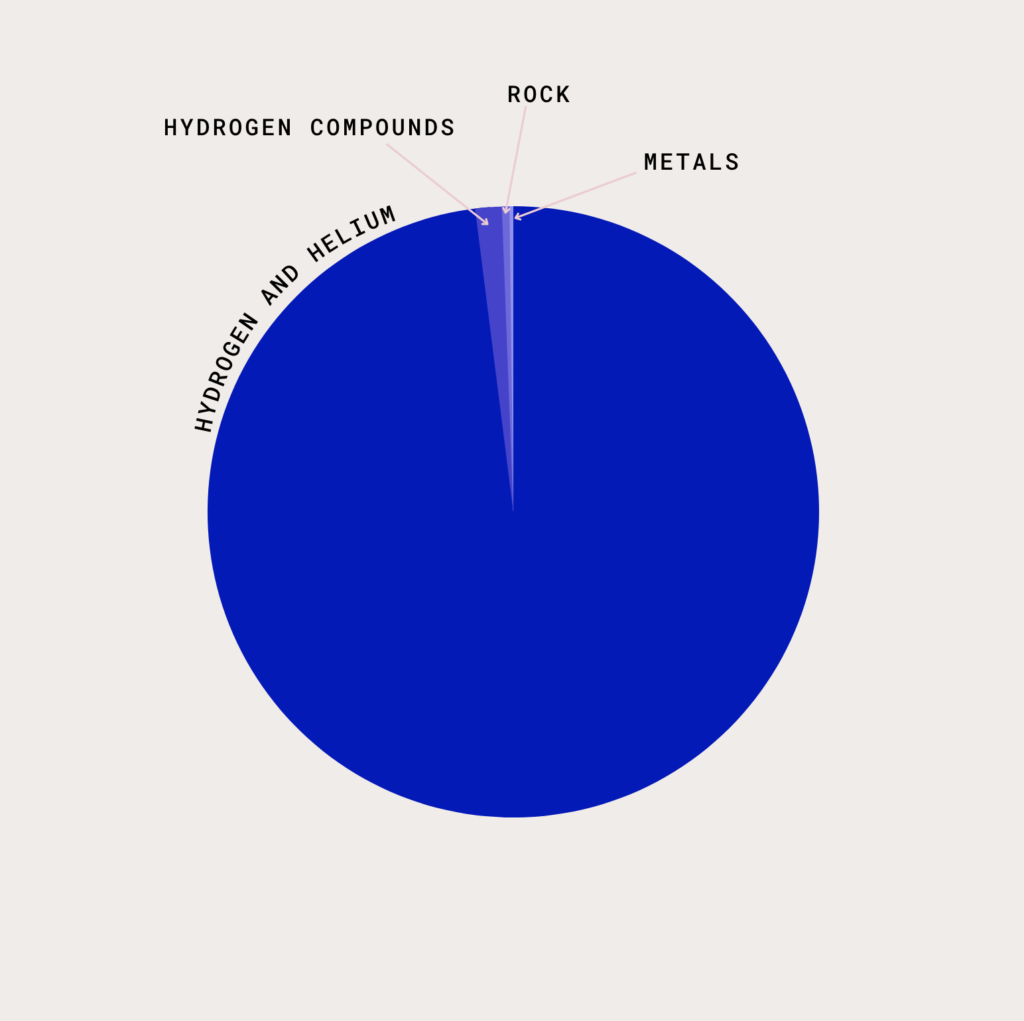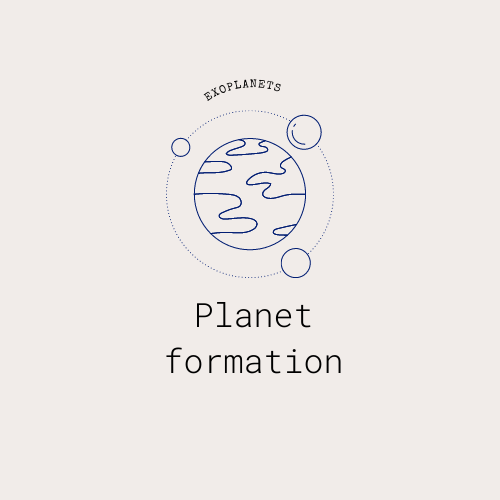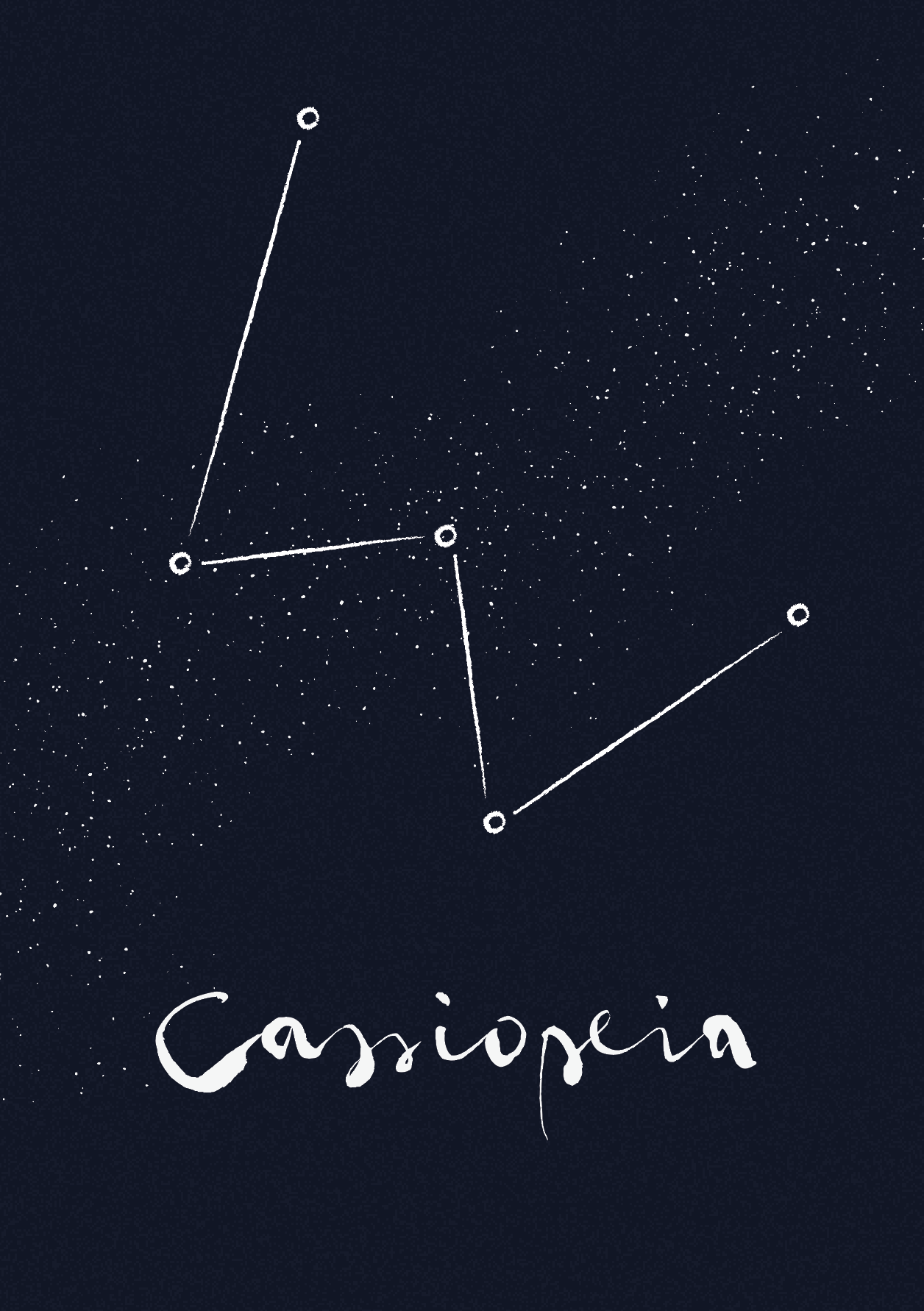Last time we covered how planets form in the solar system and how they have divided their materials. Today, we will focus on the planets and the moons and learn more about their structure and composition based on their distance.
So, the main point here is to know the proportions of materials around the solar system. As you all know, the solar system isn’t the same temperature at all places. Near the start, it is boiling, and far away from it is very cold. So, the state and type of material are based on distance. For this part, we will need a little bit of chemistry. So, the 3 states of matter are:
solid, liquid, and gaseous.
Solid
So, solid matter is when the atoms are stable and closely bound together. The solid matter has a constant mass and volume. Most substances are solid.
Liquid
The liquid matter is when the atoms are stable but loosely bound and change their position based on their container. So, that is why water flows in places where it is put. Liquids have a constant mass but change volume.
Gaseous
The gaseous matter is when atoms are unstable, very loosely bound, and constantly in motion. That is why gasses are very faint because their densities are small.
If temperatures are high, the matter is gaseous, and matter tends to solidify if it is freezing. With that conclusion, we can discuss the distribution of materials in the solar system. So, 98% of a solar system is made up of hydrogen and helium, although most of it goes to the star. 1.4% of the materials go to hydrogen compounds found in rocky planets in the habitable zone or gas giants. Rock is responsible for 0.4% of the mass in the solar system. It is found in the cores of the planets and on the surfaces of rocky planets. Finally, metals are responsible for 0.2% of the solar system’s mass, making it the scarcest type of material. It is found in planets’ outer cores, inner cores, and the crust of rocky planets. Here is a graphical representation of all the materials mass distribution in a typical solar system.

Planets
Small planets
So, planets come in different sizes, but we mainly distinguish between big and small planets. So, let’s start with the small ones. Small planets generally have no atmosphere because their gravity is insufficient to maintain a stable atmosphere. Furthermore, they are tiny, so they are probably not geologically active. Because of their lack of atmosphere has many crater impacts, left to stay imprinted on their surfaces. And finally, being geologically inactive and small, they probably don’t have an outer core. This means that they have no magnetic field protecting the planet from the sun’s radiation. Mercury would fall directly under this category.
Big planets
Big planets have an atmosphere since they can contain an atmosphere. They are also geologically active since they have many inner layers and have a much more heated core. Not that many crater impacts, though; the atmosphere blocks most of them, burning them in the sky. These planets have a magnetic field since they contain a liquid outer core. Finally, they have a leaking atmosphere. Since they contain an atmosphere and aren’t perfectly bound to the planet, gases leak out into space. Earth and Venus fall under this category. Mars is somewhere in between.
How are planets different based on their position?

Well, distance is significant for a planet’s characteristics. It determines temperature, orbit, and other factors. So what happens at each distance for rocky planets?
Close planets
These planets have no atmosphere since it is too hot to sustain gases in the atmosphere. Also, they are potentially tidally locked, which means they always face the same side towards their star. This can be good or bad for life since on one side it is always dark and on the other always day. So, life would form on the boundary between sun and dark, where temperatures would be normal. Also, there is little erosion. Erosion or weathering is when the weather or time affects the shape of the environment. Since there is no atmosphere, no weather effects can happen, but time does change the landscape, so there is very little erosion.
Intermediate planets, AKA habitable zone
Here is where the habitable zone lies. Moderate temperatures, liquid water can form, there is a pleasant atmosphere. The distance is perfect for life, especially with liquid water, atmosphere, and average temperatures.
Far planets
These planets are cold; however, in some circumstances, they can contain life. We will talk about those more later. For now, let’s focus on their characteristics. These planets have ice caps, places where there is frozen water or other frozen substances. Other than that, there is limited erosion due to the cold. There may or may not be an atmosphere pleasant for life. It really depends on the planet.
Gas giants
Gas giants are a different type of planet. They are huge and composed mainly of gas, as we learned in the previous post. Gas giants have incredibly high pressure due to the immense amount of gas in their atmospheres. This promotes heat and compression, making them super dense. Coming back to its composition, a gas giant contains a lot of ices since it is far away from its star. These ices are frozen water, frozen methane, ammonia, and dry ice (frozen CO2). Due to their size, they also have great gravity, so they have many moons. For example, Jupiter has 79 moons. That is a lot!
Moons
Moons are a particular class of objects since they orbit planets and form from mini debris disks around young planets. For example, our moon is suspected of forming due to a collision of Earth and planetesimals. However, moons can also be planetesimals that were captured by the gravity of a planet. So far, there has been no exo-moon confirmed, a moon orbiting an exoplanet. Since our telescopes can barely detect exoplanets, how can they see moons! We hope to change that in the future, and try to find exo-moons since they have a great potential for life.





